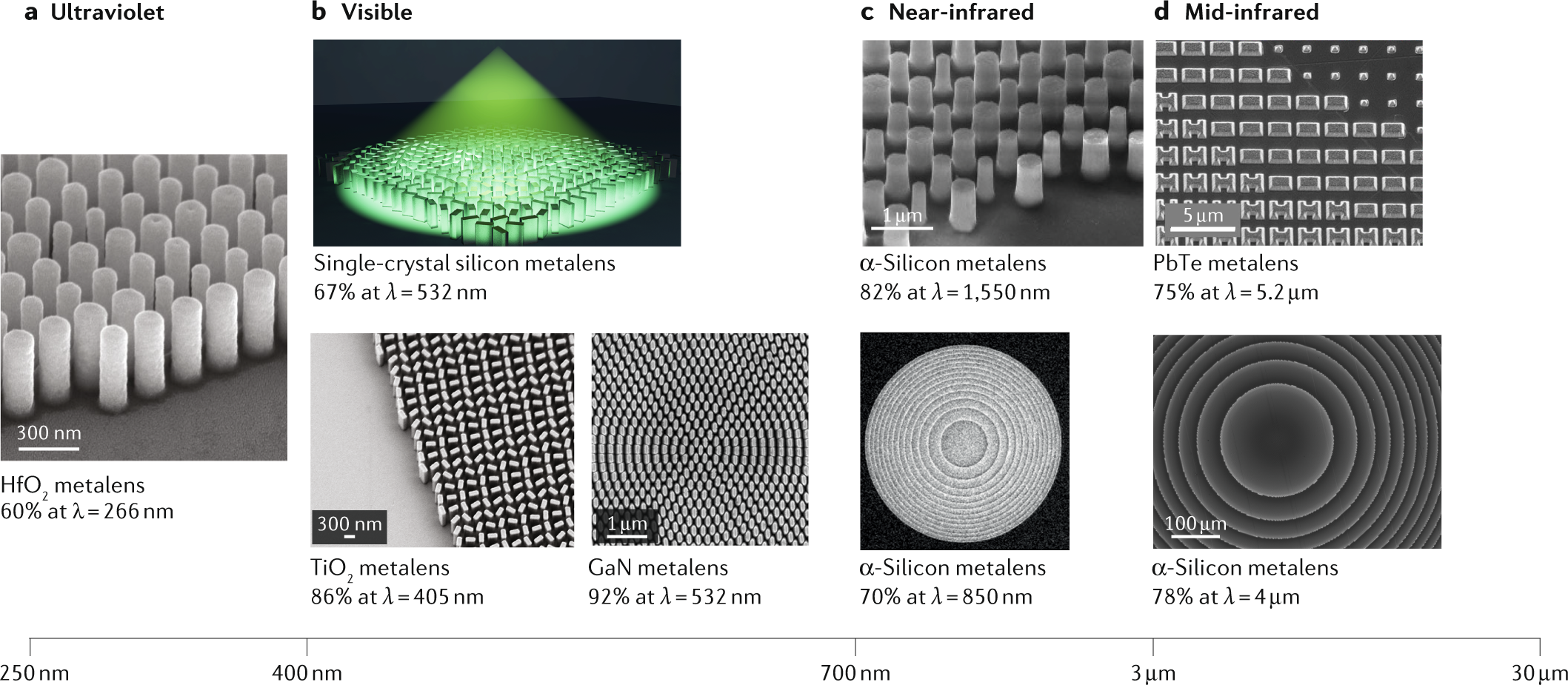Contents

Source: Nature
Understanding Flat Optics
Flat optics refer to optical elements that are thin and lack curved surfaces like traditional lenses. These elements include optical windows, filter plates, thin-film polarizers, and diffractive optical elements. Flat metalenses and photonic metasurfaces are examples of flat optics that contain nanoscale structures to achieve unique optical properties.
Advantages of Flat Optics
Flat optics offer several advantages over traditional lenses:
– They are extremely thin, with optical functions achieved through a flat layer of only a few micrometers.
– A wider range of optical functions is possible, including unique combinations of traditional functions and tunable optical properties.
– Optical aberrations can be well controlled, leading to high-quality off-axis lenses and compact optical devices.
– Fabrication techniques involve semiconductor chip processing, enabling mass production at relatively low costs.
Designing Flat Metaoptics
Designing flat metaoptics differs significantly from traditional optics design. The technology requires different materials for various spectral regions and applications, such as semiconductors for the infrared and dielectric materials for shorter wavelengths. Challenges include implementing polarization control functions and exploring mass fabrication possibilities.
The Future of Flat Optics
Flat optics, particularly photonic metasurfaces, present a disruptive technology with potential applications in imaging devices, optical sensors, and illuminators. The technology could revolutionize the optics industry by integrating electronic and optical components using similar fabrication processes. However, the extent to which flat optics will replace traditional optics depends on further technological developments and market demands.
Challenges and Opportunities
Challenges in the widespread adoption of flat optics include protecting sensitive surfaces, developing volume applications, and addressing limitations in current optical designs. Opportunities lie in exploring new operation principles, enhancing compactness, and reducing production costs for mass applications.
In conclusion, flat optics represent a promising avenue for innovative optical devices with compact designs and advanced functionalities. The field continues to evolve, offering new possibilities for various industries and applications.

Source: LightTrans
Feel free to comment your thoughts.



